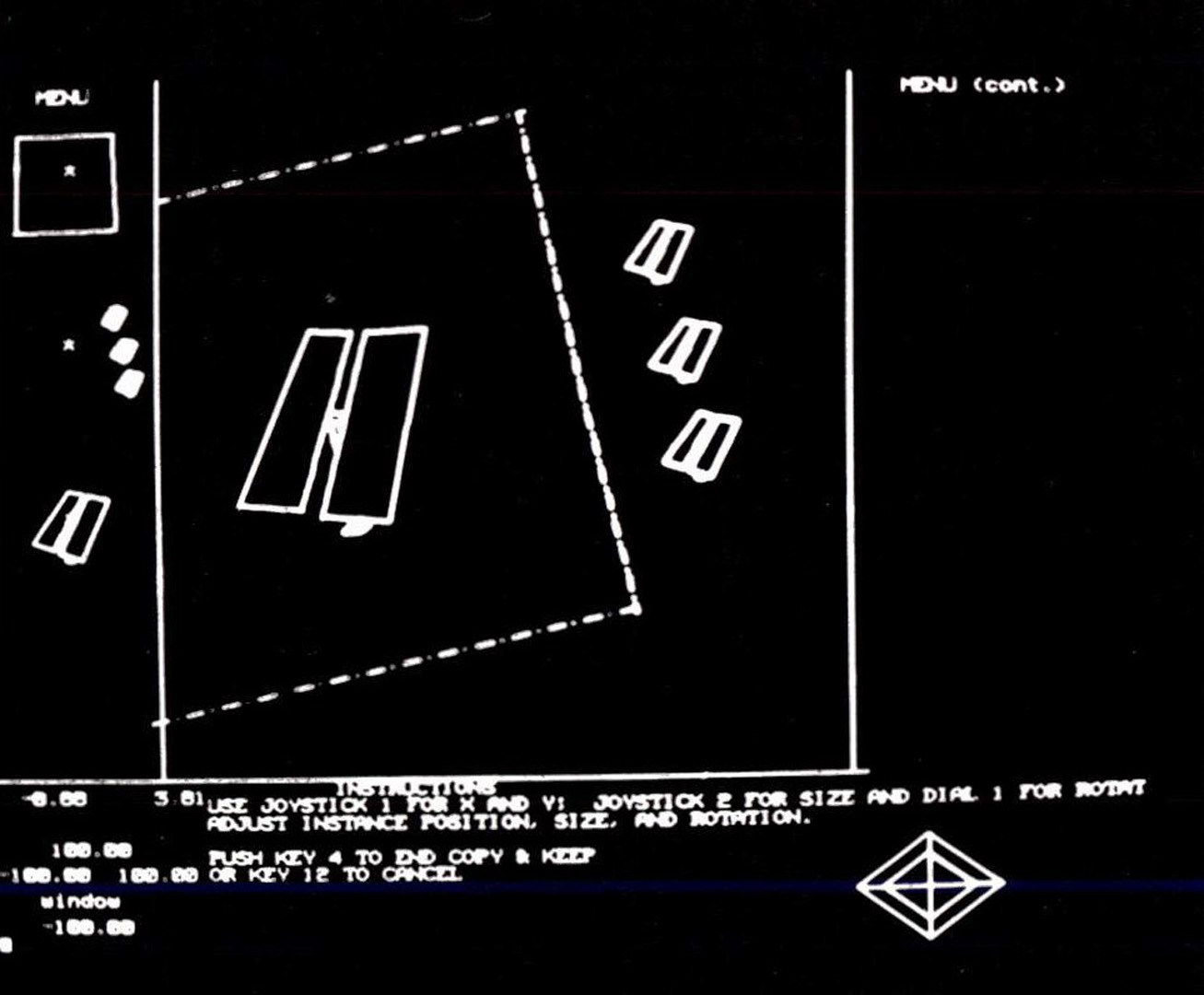“Prototyping and simulation tools for user/computer dialogue design” by Hanau and Lenorovitz
Conference:
Type:
Title:
- Prototyping and simulation tools for user/computer dialogue design
Presenter(s)/Author(s):
Abstract:
The design and development of user interfaces to interactive computer systems is enhanced by permitting designers to easily express their design concepts in concrete, comprehensive, and comprehensible working models. A set of prototyping and simulation tools has been developed to be used as an integral part of the specification and design process. These include an interactive display building utility and a syntax-driven interactive dialogue controller. The display builder is used to develop initial conceptual snapshots of system display appearance at selected points in the user/system dialogue. The dialogue controller interprets a grammatical description of input tools and system logic, using predrawn and dynamically constructed displays to simulate the external appearance of the desired end system.
References:
1. Anson,E. The semantics of graphical input. Proceedings of SIGGRAPH79, Computer Graphics 13,2 Aug 79.
2. DEC Fortran/RT-11 Graphic Extensions Manual, Order No. DEC-11-LRTEA-B-D.
3. Dunlavey, M. The procedural approach to interactive design graphics. Computer Graphics 13,1 Mar 79.
4. Foley,J.D. & Wallace,V.L. The art of natural graphic man-machine conversation. Proceedings of IEEE 1974, 62, 462-471.
5. Foley,J.D. Graphical output and input capabilities. In Treu,S.(ed.) User-Oriented Design of Interactive Graphics Systems (Proceedings of ACM/SIGGRAPH Workshop), Oct 1976.
6. GPGS (General Purpose Graphics System) User’s Tutorial. Graphics Group, University of NI jmegen, 1975.
7. Guthery,S. DDA: An interactive and extensible language for data display and analysis. Computer Graphics 10,1 1976.
8. Hanau,P.R. & Lenorovitz,D.R. A prototyping and simulation approach to interactive computer system design. in Proceedings of the 17th Design Automation Conference. ACM/SIGDA – in press.
9. Heindel,L.E. & Roberto,J.T. LANG-PAK: An Interactive Language Design System. Elsevier Computer Science Library: Programming Language Series; 1. American Elsevier Publishing Company, Inc. New York 1975
10. Lenorovitz,D.R. & Ramsey, H.R. A dialogue simulation tool for use in the design of interactive computer systems. Proceedings of the 21st Annual Meeting of the Human Factors Society, Santa Monica, California: Human Factors Society, 1977, 95-99.
11. Moran,T.P. “How do users understand systems they use?”. Panel presentation at SIGGRAPH ’79.
12. Moran,T.P. Introduction to the Command Language Grammar. Xerox PARC Report SSL-78-3.
13. Ramsey,H.R. & Atwood, M.E. Human Factors in Computer Systems: A Review of the Literature (Technical Report SAI-79-111-DEN). Englewood, Colorado: Science Applications Incorporated, Sept 1979.
14. Ramsey,H.R. A User°s Guide to the Translator Writing System (TWS). Technical Report SAI-77-O67-DEN. Denver, Colorado: Science Applications Inc., 1977.
15. Reisner,P. Using a Formal Grammar in Human Factors Design of an Interactive Graphics System. IBM Research Report, San Jose, Ca., 1979.
16. Schwartz, B.K. The man-logic interaction in Information processing systems. Proceedings of the 16th Annual Meeting of the Human Factors Society, Santa Monica, California: Human Factors Society, 1972, 391-394.
17. Treu,S.(ed.) User-Oriented Design of Interactive Graphics Systems (Proceedings of ACM/SIGGRAPH Workshop), Oct 1976.
18. Van den Bos,J. Definition and use of higher level graphic input tools. Computer Graphics 12,3 1978.




